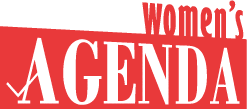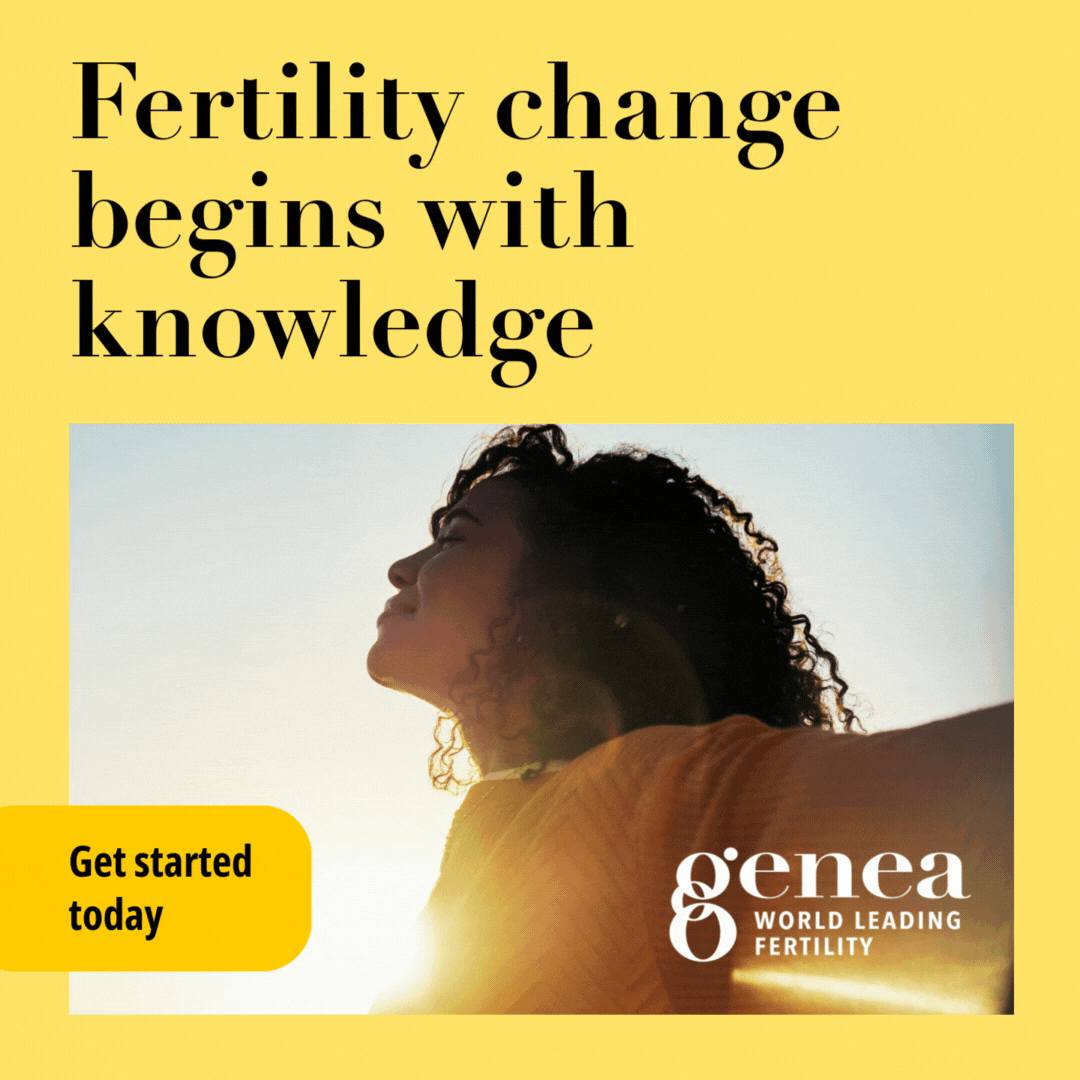Last week, Jobs and Skills Australia released the first of three reports in its Gender Economic Equality Study. It’s detailed. It’s data heavy. It speaks to the gender pay gap, the entrenched segregation of labour along gendered lines, and it even takes steps toward an intersectional analysis of how those patterns play out across industries. On the surface, it looks like progress.
But for many of us, particularly criminalised women and girls, the silence in this report speaks louder than the statistics. As some of the most marginalised women in this country, we are missing. We’re not counted. We’re not consulted. We’re not seen.
Occupational gender segregation: the way jobs and industries are divided along gender lines, is one of the most stubborn features of our economy. It has barely shifted in over 30 years, and Job Skills Australia’s own projections show it will remain largely unchanged for the next decade. Training pipelines mirror these divisions, funnelling women into low-paid, insecure sectors and men into higher-paid, higher-status roles. This segregation drives the gender pay gap, limits women’s opportunities, contributes to skills shortages, and even impacts safety, female-dominated jobs have some of the highest rates of workplace violence.
This structural exclusion is about to get worse. Federal Attorney-General Michelle Rowland recently announced the creation of a “specialist unit” of legal and child safety experts to establish a national Working with Children Check register. Framed as a response to allegations of abuse in childcare centres and first called for during a royal commission a decade ago, the register will be coordinated by the Commonwealth in partnership with states and territories.
On paper, this may sound like a safeguard. In practice, it risks further entrenching the economic exclusion of criminalised women. Through the National Network of Incarcerated and Formerly Incarcerated Women and Girls, we have consistently seen how the current Working with Child Check system already blocks women from entire sectors of employment, often for life. Many of the women we work with have convictions that have nothing to do with children, often stemming from surviving poverty, violence, homelessness, or substance use. The system refuses to read these convictions as evidence of structural harm and survival. Instead, it frames them as fixed indicators of unsuitability, a permanent stain that no amount of “rehabilitation”, training, or lived transformation can erase.
For criminalised women, especially Aboriginal and Torres Strait Islander women, the hurdles are even higher. A decades-old shoplifting charge, an act of survival in the midst of domestic violence, or even the state-sanctioned removal of one’s own child can trigger an automatic prohibition. The result is a negative notice that locks a woman out of not just one job, but entire industries for which she may be trained, experienced, and desperately needed. These blanket exclusions don’t make children safer, they make women poorer, families more precarious, and cycles of poverty and criminalisation harder to break.
This is what gender segregation looks like when the stakes are at their highest. If these divisions are this stubborn in the so-called “free world,” they become even more entrenched behind bars. Job Skills Australia’s own report acknowledges that women dominate low-paid industries like early childhood education (78 per cent female workforce) and men dominate construction (82 per cent male workforce). Yet it says nothing about what happens when a woman with a criminal record, often acquired through poverty or survival, tries to return to these “female dominated” sectors. Education, healthcare, and community services all demand Working with Children Checks and police clearances. For many women leaving prison, disproportionately Aboriginal and Torres Strait Islander women, mothers, and survivors of violence, those doors are bolted shut before they even have a chance to knock.
And let’s be clear: this isn’t a gap in the system. It is the system. One built into the very structures Job Skills Australia claims to interrogate. It is unconscionable to speak of gender segregation in employment while ignoring the role of the prison system, a system that upholds, reproduces, and violently enforces those very divides.
Gender segregation doesn’t disappear in prison, it is cemented there
Let’s not pretend this is accidental. Gender segregation in prison is the system working exactly as designed.
If Job Skills Australia is serious about gender equality, then it needs to reckon with the prison industrial complex as one of the most entrenched and violent systems of gender inequality in this country.
Women inside prison are denied meaningful, skills-based training that could lead to economic stability. Instead, they are confined to gendered, low-paid labour: sewing uniforms, folding laundry, cooking hundreds of meals a day, without pay equity, accreditation, or any pathway to secure work after release. Men in prison, meanwhile, are far more likely to access trade-based work in carpentry, construction, or mechanics, roles that are better paid, come with qualifications, and offer real opportunities outside.
In Adelaide Women’s Prison, women sew uniforms for every prison in the state, working long hours in a prison sweatshop with no formal recognition as seamstresses. In Western Australia, women say bluntly that “men get industries, women get jobs.” At the Alexander Maconochie Centre in the ACT, only six jobs exist for women in the bakery, while men have access to a wide range of industries and training. In Queensland, women who have run prison kitchens feeding hundreds leave with no certificate, no credentials, just stigma. And in Alice Springs, women’s “industry” consists of packing Weetbix and powdered milk into “breakfast packs” – a task so trivial it exposes the sheer audacity of calling it an industry at all.
The gender pay gap exists in prisons too – and it’s even worse
And it’s not just the work women are given, it’s how little they are paid for it. The Job Skills Australia report makes it clear: in 2022–23, the total workforce gender pay gap was 25.7 per cent, with men out-earning women in 98 per cent of occupations. There are more than 100 occupations where men earn at least 25 per cent more, and almost 30 where the gap exceeds 35 per cent. That is the “free world” baseline.
Inside prison, the gap is even more brutal, yet it is entirely absent from Job Skills Australia’s analysis. Incarcerated women often earn less than $1 per hour, with jobs scarce and wages determined by opaque, discriminatory classification systems. Skilled work is rare, and women who choose to study are penalised with even lower pay than they would earn in so called prison industries, effectively punished for trying to improve their futures.
The economic impact doesn’t end at the prison gate. Locked out of the “female dominated” sectors they previously worked in, women are forced toward precarious, male-dominated industries like traffic management or construction—not because these are safe or aspirational, but because they are among the few that don’t require criminal history checks. These industries are often hostile and exclusionary to women, particularly Aboriginal women, trans women, and women with disabilities.
The result? A deliberate funnel into unstable, low-paid, unsafe work—or no work at all. This is gendered economic segregation in its most extreme form. And it’s a reality Job Skills Australia’s report refuses to name, let alone address.
For criminalised mothers, the cost is even higher
For those of us who are mothers, the prison system imposes a gendered division of labour that is both exploitative and invisible. Mothers raising their babies inside prison’s Mothers and Babies Units are excluded from work and study. We are denied an income, formal training, or any semblance of economic independence, all while performing unpaid care work around the clock.
The Job Skills Australia report acknowledges that gendered occupational segregation changes across the life course, that workforce participation shifts with education, caregiving, and career development, and that men and women experience these transitions differently. But once again, imprisoned women are missing from the analysis. There is no recognition that for mothers in prison, caregiving doesn’t just affect the type of work we can do, it is used as the justification to deny us paid work altogether.
When we leave prison, the economic barriers become almost impossible to navigate. Parole conditions, Centrelink obligations, housing precarity, trauma, and the constant pressure of providing for our kids collide into an impossible ask: get a job, stabilise your life, and don’t fail, because any slip could land you back inside. Unlike men, who are often able to re-enter the workforce without simultaneously re-establishing full-time caregiving and navigating punitive post-release controls, mothers are expected to rebuild their families and their livelihoods at the same time, with almost no structural support.
Women aren’t just “missing” from this report. We are being erased by a system that benefits from our continued exclusion and punishment. Any serious attempt to understand occupational segregation over the life course must account for the fact that criminalisation and incarceration not only cut women out of the labour market but also deepen gendered divisions of labour by making motherhood itself an economic barrier.
Job and Skills Australia must do better
If Job and Skills Australia is genuinely committed to gender economic equality, it cannot continue to ignore incarcerated and formerly incarcerated women. Until incarcerated labour is included in the reporting, until we are counted in the statistics, we cannot be seen as part of the solutions. We remain a hidden labour force whose exploitation is enabled not just by the prison system, but by every organisation, government agency, and policymaker that refuses to demand our inclusion. Our invisibility, therefore, is not accidental – it is structural. And it allows the system to profit from our labour while excluding us from its measures of progress.
Here’s what must change:
- Include prison labour in gender pay gap and segregation analysis. Any report that doesn’t consider prisons is incomplete.
- Name criminalised women as a priority intersectional cohort. We are mothers, Aboriginal women, carers, disabled, trans, queer; our lives exist at the crossroads of every form of economic violence this system can inflict.
- Challenge blanket exclusions from employment. Ban the box. End criminal record discrimination in “female dominated” industries.
- Demand formal qualifications for prison labour. If women are cooking, sewing, cleaning, or running programs, accredit it.
- Fund community-led, peer-run employment programs post-release. Not tokenistic “job readiness” workshops, but real pathways to income, stability, and autonomy.
It is not good enough to track gender equality only for those already counted. Until we centre the most marginalised, until we dismantle the systems that disappear us, every statistic is a lie, and every reform is a Band-Aid over a bullet wound.
This is not just about jobs. It is about justice. And justice starts by listening to the women this system has worked hardest to silence.
Become a Women’s Agenda Foundation member and support our work! We are 100% independent and women-owned. Every day, we cover the news from a women’s perspective, advocating for women’s safety, economic security, health and opportunities. Foundation memberships are currently just $5 a month.
Bonus: you’ll receive our weekly editor’s wrap of the key stories to know every Saturday.



